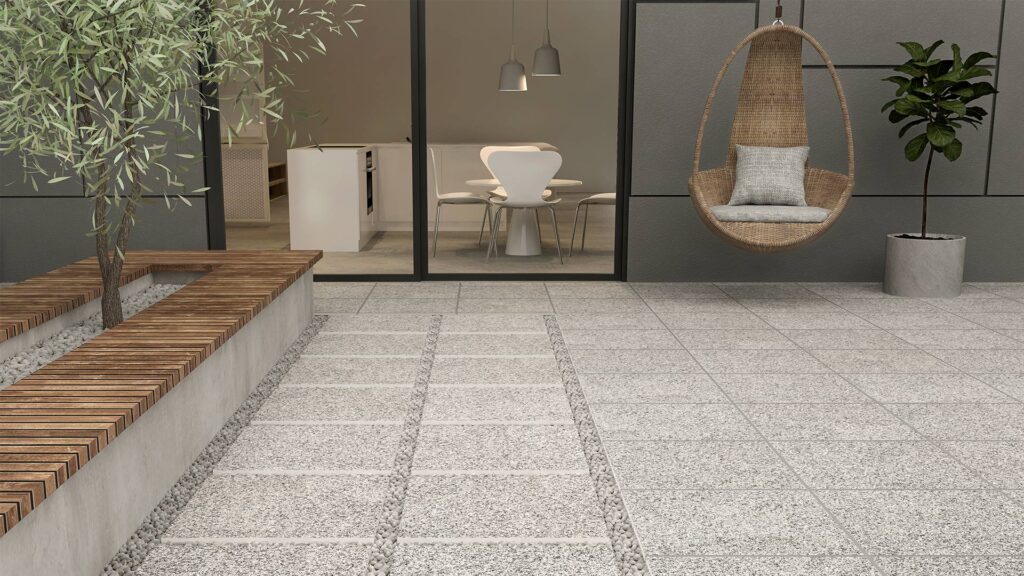
Exploring the Essence of Patio: Design, Function, and the Ideal Outdoor Tile
Introduction
A patio, an outdoor extension of one’s home, serves as a sanctuary for relaxation, entertainment, and connection with nature. Its design, function, and choice of materials play a crucial role in creating an inviting and functional space. This comprehensive article delves into the essence of patio design, exploring its various aspects and providing insights into the ideal outdoor tile selection.
Design Considerations
1. Layout and Flow:
The layout of a patio should seamlessly connect with the interior of the home and provide a natural transition to the outdoors. Consider the flow of traffic, seating arrangements, and access to amenities.
2. Size and Shape:
The size and shape of the patio should complement the architectural style of the home and the available space. A rectangular patio is a classic choice, while organic shapes can add visual interest.
3. Privacy and Screening:
Create a sense of privacy by incorporating natural elements such as trees, shrubs, or trellises. Outdoor curtains or screens can also provide additional privacy and protection from the elements.
4. Lighting:
Adequate lighting is essential for extending the use of the patio into the evening. Consider ambient lighting for general illumination, task lighting for specific areas, and accent lighting to highlight architectural features.
5. Materials:
The choice of materials for the patio surface, walls, and seating should be durable, weather-resistant, and aesthetically pleasing. Natural stone, concrete pavers, and porcelain tiles are popular options.
Function and Features
1. Seating and Gathering:
Comfortable seating is paramount for relaxation and entertaining. Choose furniture that complements the design of the patio and provides ample space for guests.
2. Dining and Grilling:
Incorporate a dining area with a table and chairs for al fresco dining. Consider a built-in grill or outdoor kitchen for convenient food preparation.
3. Water Features:
The soothing sound of water can enhance the ambiance of a patio. Consider a fountain, pond, or waterfall to create a tranquil atmosphere.
4. Fire Pit or Fireplace:
A fire pit or fireplace provides warmth and ambiance on cool evenings. It can also serve as a focal point for gatherings.
5. Storage:
Built-in storage benches or cabinets can keep cushions, blankets, and other patio accessories organized and out of sight.
The Ideal Outdoor Tile
1. Durability and Weather Resistance:
Outdoor tiles should be able to withstand extreme temperatures, moisture, and UV rays without cracking, fading, or becoming slippery.
2. Slip Resistance:
Choose tiles with a high coefficient of friction (COF) to prevent slips and falls, especially in wet conditions.
3. Aesthetics:
Outdoor tiles come in a wide range of colors, patterns, and textures. Select tiles that complement the overall design of the patio and create the desired ambiance.
4. Maintenance:
Low-maintenance tiles are ideal for outdoor use. Choose tiles that are easy to clean and require minimal sealing or staining.
5. Installation:
Consider the installation method when selecting outdoor tiles. Some tiles require professional installation, while others can be DIY-friendly.
Conclusion
Creating an inviting and functional patio requires careful consideration of design, function, and materials. By understanding the essence of patio design and selecting the ideal outdoor tile, you can transform your outdoor space into a sanctuary for relaxation, entertainment, and connection with nature.